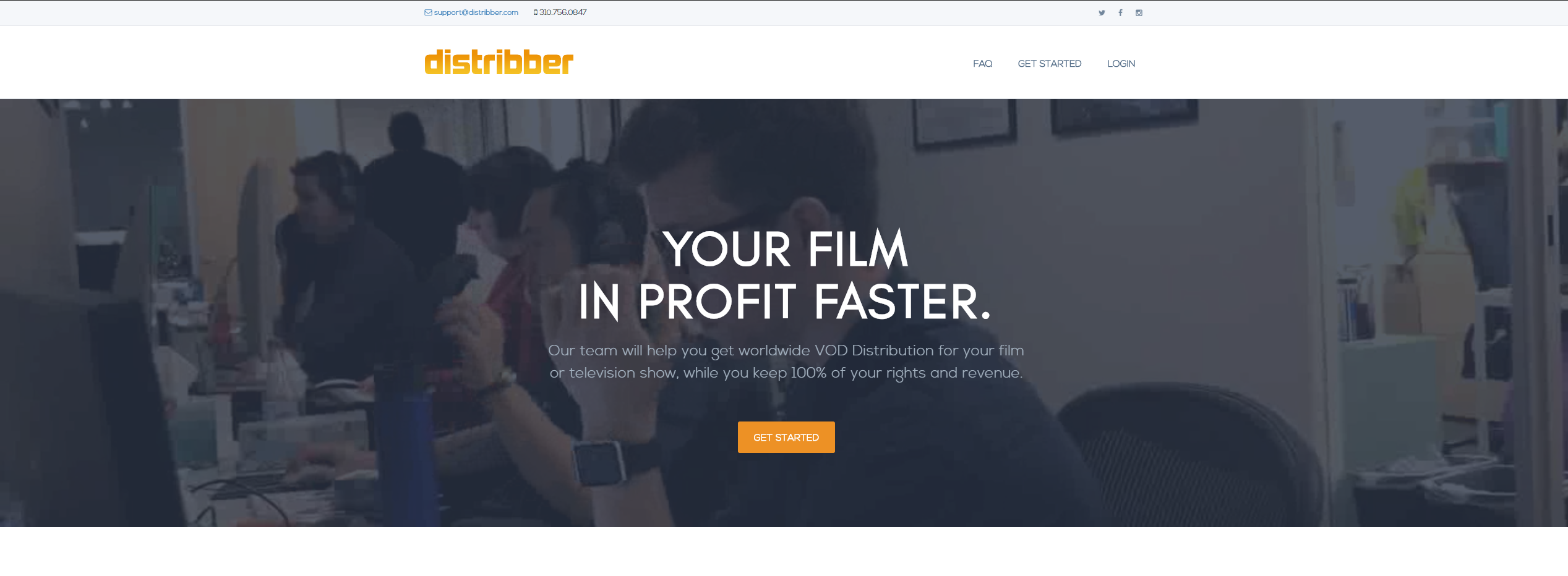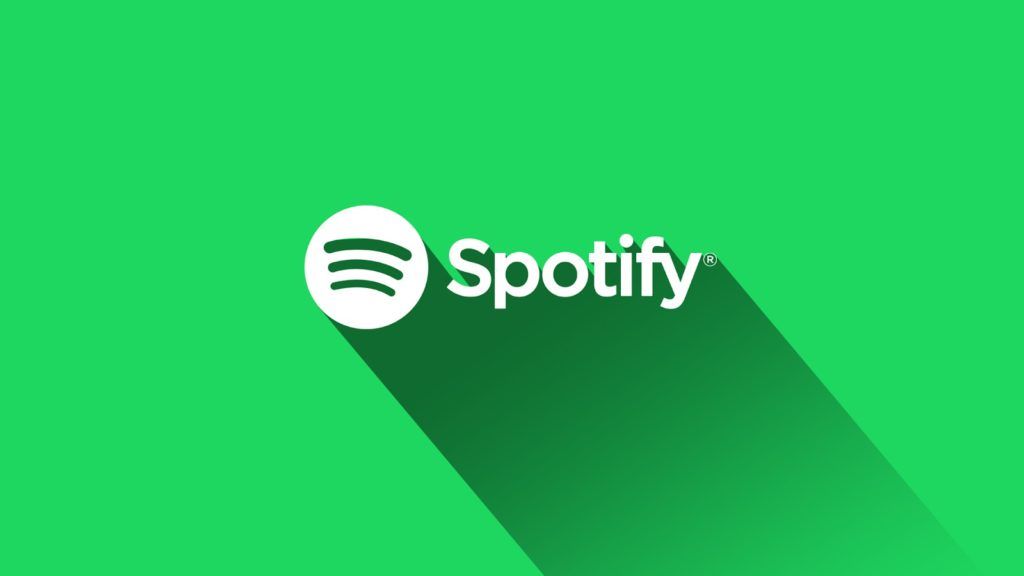A "Netflix of Games" and It's Impact on Developers and Publishers
Some of the biggest gaming and technology companies in the world are racing to dominate the future of 'Cloud Gaming.' When it inevitably arrives, it will dramatically change the way developers and publishers do business.

Some of the biggest gaming and technology companies in the world are racing to dominate the future of 'Cloud Gaming.' When it inevitably arrives, it will dramatically change the way developers and publishers do business.
The annual Game Developer’s Conference begins next week, and one of the big teases leading up to the event has been for Google’s forthcoming major gaming announcement. While nothing is official, most anticipate this to be the unveiling of the to-this-point named “Project Yeti,’ the organization’s horse in the race to become the “Netflix of Games” through so-called Cloud Gaming.
Other players in the space are, of course, either working on or already offering their first forays into this new world. Playstation has been experimenting for a few years with PS Now as smaller companies like Vortex have offered limited libraries through their cloud services. Still, nobody has planted their flag as the leader of the space, for now and into the future. Google hopes to change that.
That’s because the reality is Cloud Gaming becoming the norm is inevitable. In the same way that video streaming has totally changed the way we consume television shows and movies, game streaming will completely reform the gaming landscape, certainly for players, but also for those making the games themselves. It’s still too early to know for certain how any of this is going to play out, but given the information we have, the way this future will impact developers and publishers isn’t a complete mystery. Let’s talk about just what the future holds.
New Gates, New Gatekeepers: How Will Games Get to Gamers?
Right now, there are myriad ways to get your game into the hands of players. Getting onto Steam these days is as simple as paying a small fee, but one of the big stories of the moment has been the rise of other platforms like the Epic Game Store, Discord, and GOG. Beyond that, there are places like Itch.io and other more indie-focused platforms with low barriers of entry. There’s still the complex problem of making sure people know to actually buy your game, but finding a storefront so that it's possible isn’t mysterious.
That’s the thing though: in a world where streaming a game is the norm, actual game purchases will become more and more rare.
Let’s look at films as an example. Do people still purchase movies, digitally or otherwise? Sure. In fact, the rise of 4K HDR content and the high bandwidth required to stream it has led to an increase in such digital purchases, with sales growing by 12% from 2017 to 2018, but, as internet access improves, even that will trend back towards services like Netflix and Hulu, because the amount of content you get for a small monthly membership fee makes its value vastly outweigh that of individual film purchases. This same will eventually be true of games; sales aren’t going to die completely, but streaming is the future. That means that, in order to get your game into the hands of players, studios will have to work with streaming platforms. Just what is that going to look like?
Lessons from Film: The Netflix Model vs. The Amazon Model

There are two distinct ways film and television show creators get their projects onto streaming platforms. The first is the method predominantly favored by Netflix: aggregators and distributors.
Once you have a completed film or television show, you need to get it in front of the decision makers at your preferred platform. Does Netflix take meetings with ‘just anybody?’ The answer is actually yes, but you have to work really, really hard to do it alone. Independent filmmakers without partners have to hustle to get a meeting, to work the phones, to exploit any and all connections, to really make a job out of simply getting a pitch meeting, and still it might never happen.
There are successful stories like this, but they're rare. Instead, most creators partner with film distributors, the same traditional organizations that have put films in theaters and into homes for decades now working in this new field, or a company like Distribber, called aggregators, which leverage relationships with major streaming platforms to provide access and other services in exchange for either an upfront cost or cut of profits. These are the more established pathways to viewership on these services, and most of the movies and shows you see when you browse were added to the library through these means.
Amazon, meanwhile, has a much different policy. Since 2016, filmmakers have been able to get their content onto the Prime Video service, entirely on their own, through the Prime Video Direct portal. Via this service, studios, distributors, and independent creators can all add their content directly to the Prime Video library. You’re responsible for everything, for all the art assets, the metadata, for following community guidelines, but there doesn’t have to be anybody between you and Amazon to get everything done.
The result? Amazon is easier for anybody to use, and its selection is more diverse, but it’s also far less curated than a service like Netflix, a place where it’s more difficult to break in, but whose platform is of a much higher overall quality, and generally more popular.
It is likely that similar structures will develop in the world of cloud gaming. Some platforms, like Netflix, will want to have a larger measure of control over what appears on their service. These are going to be the same places that get the biggest games, the largest audiences, because they’ll have developed relationships with major publishers to make sure their library is the best out there. An ecosystem of third-parties will, thus, emerge to help medium to small publishers and developers get their titles in front of those platforms' large audiences. Will completely independent, one to ten man teams have the resources to use these services? In many cases, the answer will probably be no, and the smallest games out there will likely struggle to make it onto the major streaming services.

But, as it was with film, there will also be streaming services out there built explicitly to cater to the under-served markets. Like Itch.io began as a home for super-indie games, so too might a platform emerge, likely due to more permissive submissions policies like Amazon Prime, that focus on smaller, lesser known games and teams. Should something become a success there, perhaps larger services will come calling.
How will this stratification, this diversification of game platforms affect the game development ecosystem as a whole? Is it going to become even more difficult for small projects to hit it big, or will the indies that do make it onto major platforms actually achieve greater success due to the exposure of said platforms large user-base? We can have confidence that, in this future, there will still be a place for every game, but will everybody be better off? That’s less clear.
Sales to Subscriptions: How Will Games Make Money?
It’s not yet certain what a “Netflix of Gaming” would really look like. We imagine a one-to-one copy, something where you pay a monthly fee for unlimited access to an entire library of games, and while that’s absolutely going to be the case for the bulk of a cloud gaming service’s library, we don’t know if that’ll be the case for new titles. It might be that, for AAA titles, full price games that build anticipation for months or even years, gamers will still end up paying full price for access, at least when the title is young. The work of running the title will still take place server-side, but the transaction of purchasing a game would still be relatively the same as it is now.
But, the subscription-for-unlimited-access model is the primary draw moving forward, and even if the bigger games do still charge full price for access, either forever or for a limited time, they might find themselves losing more and more ground to the games, in aggregate, that everyone has access to at the much lower price point. Again, if you look at movies, people do still rent and buy individual movies so that they can see them before they hit Netflix, HBO, or wherever, but they’re doing so in decreasing numbers because the alternatives are just too convenient. People don’t mind waiting if they’ll eventually get it for no additional cost, and we might start seeing the same thing with games.
So, what are the monetization models for games within an all-access library?

For insight, let’s first look at Spotify Premium. Artists featured on the music service are not (generally) compensated via licensing fees. Rather, Spotify distributes a certain percentage of its subscription revenue to its artists based on how often songs are played. The more your title is played, compared to the rest of the library, the larger cut you get. One could easily see this model carrying over to a gaming library. Because every game is played through the service’s servers, not only can they keep track of how many people are playing what, but also how long they’re playing, and myriad other fine data points that can be used to fairly distribute subscription revenue. There are both advantages and disadvantages to this: for smaller games, it’s unlikely that they’ll be making as much profit early on as they would have through direct sales. Long term, meanwhile, there might be more opportunity for sustainable revenue if your title builds a consistent player-base, even a small one, because they’re making money in a more sustainable fashion.
But, it’s not the only way this could work. Netflix, for example, doesn’t pay its contributors based on minutes viewed, but rather via upfront licensing fees. Netflix purchases the right to carry a film or television show for a set amount of time, typically one or two years, and then either pays a new licensing fee or lets the content go. For larger publishers working with major streaming partners, this might end up being most likely scenario, particularly for “back catalogs” of already released games. Older titles are very important for filling out a streaming platform’s library with something for everyone, for always providing something new to discover and with which to engage. It also might present an opportunity for indie aggregators to represent larger collections of smaller games, with larger licensing fees leading to better up-front earnings due to their collective bargaining power and said aggregator’s access. Still, you can see, the same problem emerges: licensing fees are mostly going to be reserved for AAA games and third-party negotiators, so truly independent games will struggle to find similar paths to financial success.
It’s for these reasons that I think you’ll be seeing internal monetization, that is revenue streams within the games themselves, continue to expand and grow. If the game itself has a mechanism within it to build profits, be they cosmetic micro-transactions, expansions, or even simply in-game advertisements, it’s going to have a much easier time existing in this new reality that deemphasizes sales. A product that can generate income on its own, regardless of its platform, can worry less about how their relationship with said platform affects their bottom line. We’ve already seen wild expansion in these mechanics over the last few years, and movements towards cloud gaming won’t slow that down at all.
What It All Means

Indie development and publishing is already incredibly difficult. The barriers for entry to the marketplaces where gamers make purchasing decisions are either too high, or so low that the good titles too often get lost in the crowd. While a world of subscription based access to complete libraries of games is the norm, those titles that do manage to find a place on the popular platforms will likely receive much greater exposure. There will be surprise success stories, small teams, innovative unique titles, that explode because people are able to discover it on the “Netflix of gaming.” But, for many others, they might find that it’s even harder to get in front of gamers than it was before, as a new ecosystem diverts them to some secondary, less popular service, both due to the logistical challenges and shifting revenue models.
And it’s not just the smaller developers that need to prepare for change. Larger developers have to consider how this shift would change their own bottom lines, and whether or not the idea of what makes a game “successful” will have to change. What kind of licensing fee does a major release deserve? How long does that last, and how does it impact exclusivity? Do you fight to maintain a world where major releases still require a full-price purchase, or do you try and get ahead of the curve and make sure your games are front and center of subscription libraries, so that you can become a dominant force in that space by getting your games into the most hands? We don’t have the answers, but there are many lessons to take from the way film and television has shifted in the last fifteen years, and keeping them in mind as we move forward will be what separates those that thrive in this new world, and those that simple survive.
Follow us on Twitter and LinkedIn for all the latest blogs, announcements, and game marketing news from the team at GAMESIGHT!

